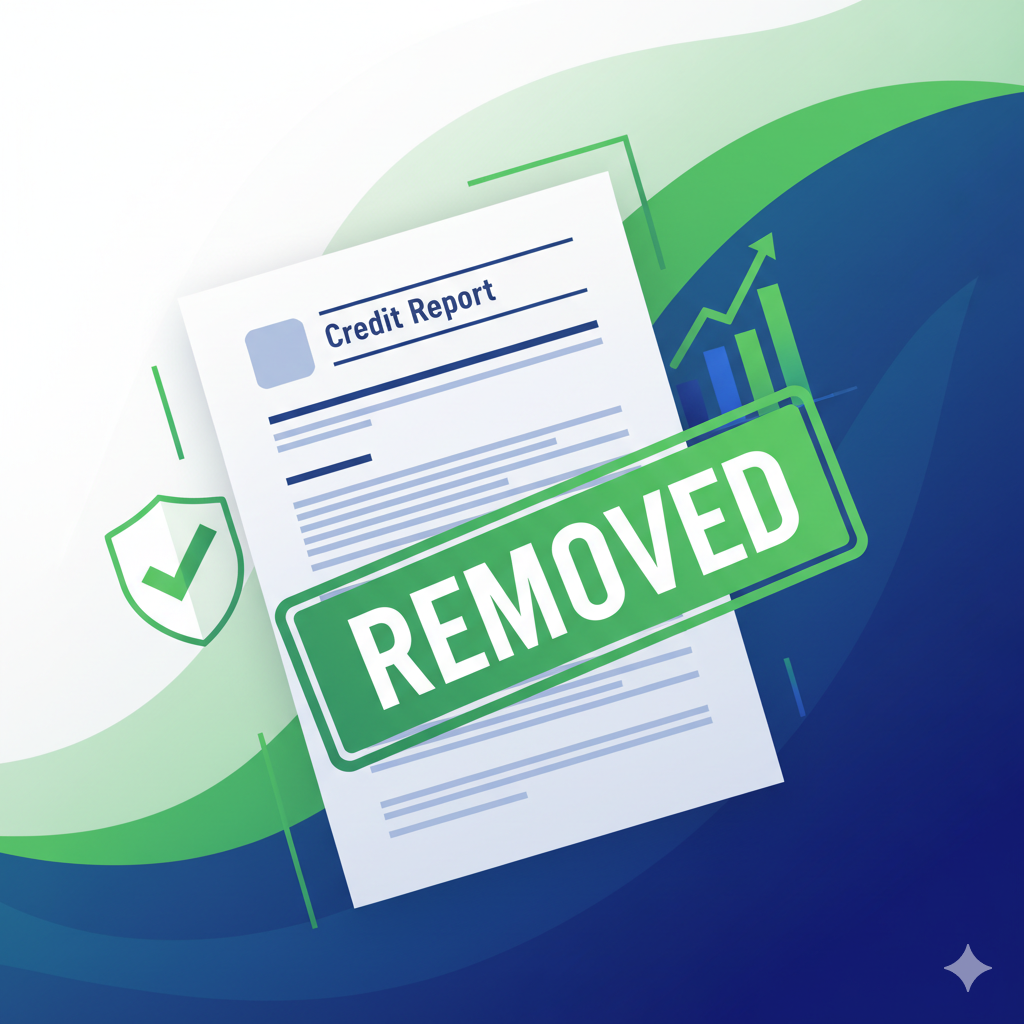Credit Default Removal: How to Clear Your Record and Rebuild Your Financial Future
Credit Default Removal: Step-by-Step Guide to Regaining Financial Freedom
A default doesn’t have to define your future. Here’s a practical Australian guide to why defaults appear, how removal works, and the habits that keep your record clean for good.

Introduction: The Weight of a Default on Your Credit History
Imagine applying for a car loan or a home mortgage, only to be declined because of a single mark on your credit file. That mark is often a credit default — a record showing missed repayments over a significant period. Defaults can remain for up to five years and make everyday finance harder. They also carry stress and a sense of being stuck. Here’s the truth: a default doesn’t have to follow you forever. With the right knowledge and steps, removal or correction is possible.
Why Do Credit Defaults Appear?
Lenders typically list a default when repayments have been overdue for 60–90 days and proper notices have been sent. Triggers include credit cards, personal loans, utilities and phone contracts. Many defaults arise from life events — job loss, illness or a budgeting slip-up — while others are due to errors: incorrect balances, accounts you never opened, or debts already paid. Regardless of the cause, the impact is the same: a lower score, higher rates and fewer approvals. The key is knowing you can challenge or negotiate listings that aren’t fair or accurate.
The Process of Removing a Credit Default
-
Collect all three reports
Order your files from Equifax, Experian and illion. Keep PDFs and note report numbers and dates.
-
Audit the listing
Check dates, amount, account details and notices. Point out anything missing or incorrect (e.g. wrong default date).
-
Dispute inaccuracies with the bureau
Lodge a written dispute for each bureau holding the listing. They must investigate with the credit provider and correct or remove any error.
-
Negotiate with the creditor (if accurate)
If the listing is technically correct, you may still achieve removal or an update after payment or settlement — particularly where you can demonstrate hardship and good faith.
-
Consider legal remedies where appropriate
If you were never properly notified, or the debt isn’t yours, seek advice about having the default set aside.
-
Confirm the outcome
Get written confirmation and re-check all three reports to ensure the change has flowed through. Keep a complete paper trail.
-
Rebuild immediately
Update budgets, set up direct debits and keep utilisation low so your score recovers faster.
The Benefits of Default Removal
- Score uplift: Removing a default can add significant points and move you above approval thresholds.
- Cheaper finance: Better scores unlock lower interest rates and fees.
- Less friction: Smoother applications for rentals, utilities and telco plans.
- Confidence: Shedding a damaging mark reduces stress and helps you move forward.
How to Prevent Future Defaults
- Make on-time payments non-negotiable; use direct debits and reminders.
- Keep credit utilisation low and avoid unnecessary applications.
- Build an emergency buffer to cover bills during tough patches.
- If you’re struggling, talk to your lender early about payment variations.
- Review your Equifax/Experian/illion reports at least yearly to catch issues fast.
Conclusion: Your Future Is Still in Your Hands
A credit default can feel heavy, but it isn’t permanent. From disputing errors to negotiating with creditors, you’ve got options — and the sooner you act, the sooner you’ll see results. Remove what doesn’t belong, prevent new issues, and rebuild with consistent habits. Your financial past doesn’t have to dictate your future.
Need help removing a default?
Book a free consult. We’ll review Equifax, Experian and illion and handle disputes and negotiations for you.
